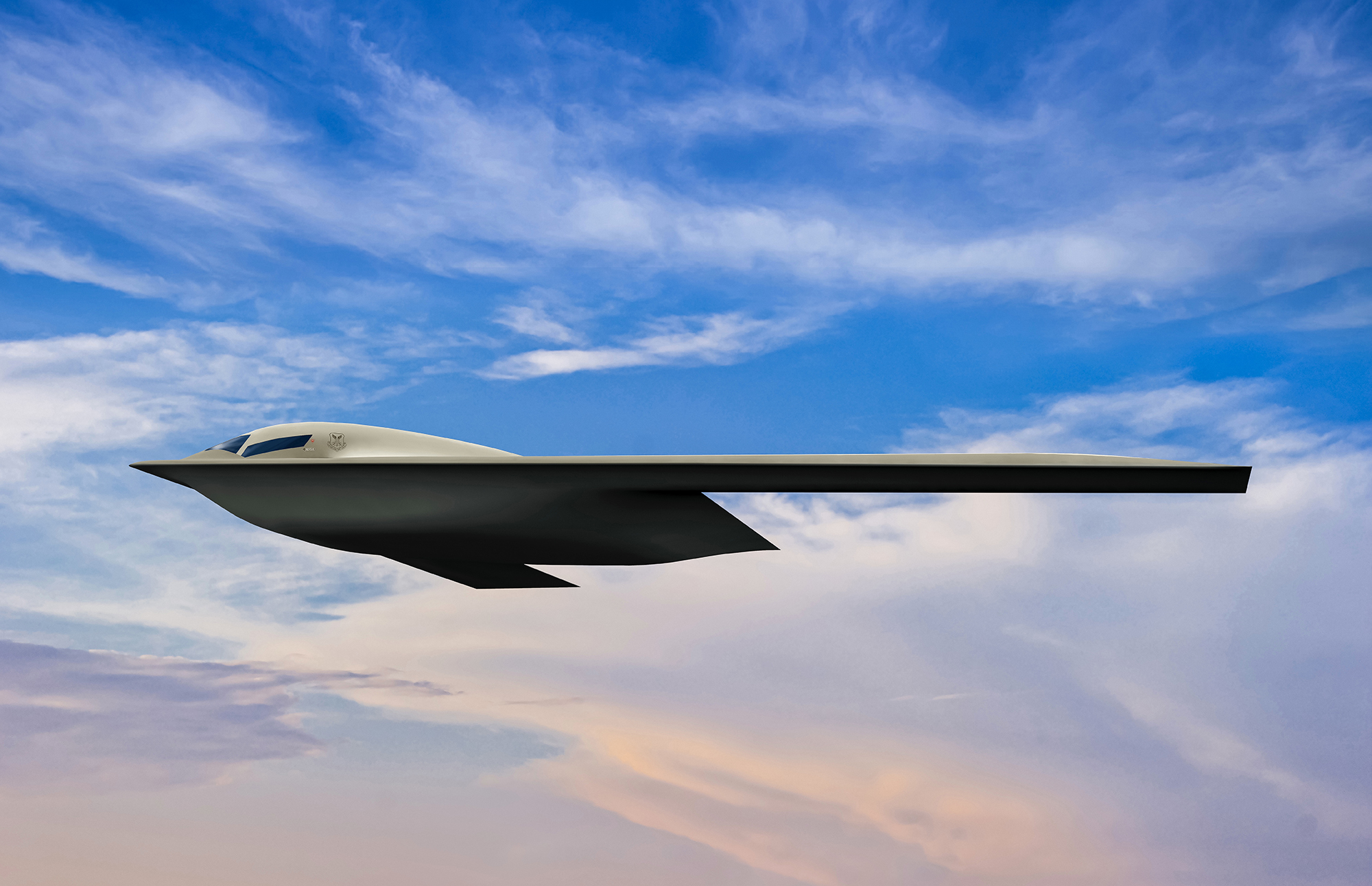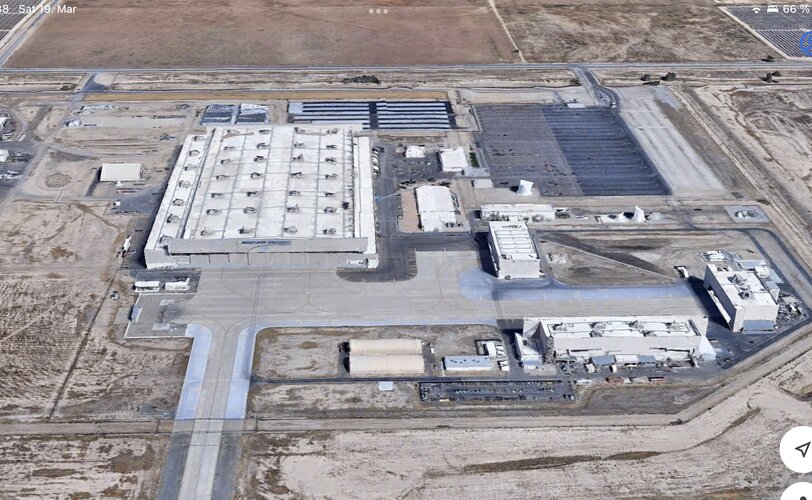"We’re looking for systems that cost nominally on the order of at least half as much as the manned systems that we're talking about for both NGAD and for B-21” while adding capability, he said. “ … They could deliver a range of sensors, other mission payloads, and weapons, or other mission equipment and they can also be attritable or even sacrificed if doing so conferred a major operational advantage – something we would never do with a crewed platform.”
A thought experiment...
Optimally, I presume, for a B-21 unmanned wingman you would design a separate airframe. But is it really worth billions in design and development costs? We're talking about very low production numbers, say ~100 if you're fortunate. I expect it won't need to be nuclear capable either.
Any way to calculate how much you save by just an 'option delete' of all the 'manned' bits? Probably not $250m in 2010 dollars.
Another option is to allow NG to lead the way. There may also be some production line efficiency, automation, and vertical integration opportunities that NG has discovered in the last seven years. Perhaps the Tesla approach? Optimize the machine that builds the machine. Take what you've learned from the B-21 assembly line already and build a second assembly line for the unmanned airframe. Not focusing on optimizing the airframe necessarily, but optimizing the production line. In Tesla's iteration it includes casting large sections of the vehicle, developing their own on-board computer and chips, etc. For B-21, who knows. They're seven years into this, surely they've learned some things, developed some new materials, that are difficult to incorporate into a highly choreographed, complex, production line consisting of vendors with strict contracts. A 'net new' line of, ostensibly, the same airframe, offers many benefits for NG to incorporate production efficiency (less cost, more profit) and the USAF to increase production rates. In effect it's what they've done from B-2 to B-21 isn't it.
In the end, a 'change request' puts the DoD footing the bill. Allowing NG to iterate their manufacturing processes on a second line only requires the DoD to purchase what they produce, which it seems they are willing to do if the cost savings are there.
Once that 2nd line is operational then 'lessons learned' can be iterated into the line, or both lines, as required.
Now that I've written this out, I expect this is exactly what's happened: NG has learned that they can produce an unmanned system with additional capabilities for less then half of B-21. Let's hope they don't wait until 2024 to get started.





